Pediatric Eye Chart Printable Free Download
What is a Pediatric Eye Chart used for?
A Pediatric Eye Chart is used to assess the visual acuity, or clarity of vision, in children. It typically consists of symbols or pictures instead of letters, as young children may not yet know the alphabet. By asking the child to identify the symbols or pictures on the chart at various distances, eye care professionals can determine if the child has any vision problems and if they require corrective measures such as glasses or further examination.
How can a Pediatric Eye Chart help with vision assessment in children?
A Pediatric Eye Chart, specifically designed for children, can assist in vision assessment by providing age-appropriate visual stimuli that ensure accurate measurement of visual acuity. The chart typically includes symbols or pictures instead of letters, making it more engaging and understandable for young children who may not know the alphabet yet. By using this chart, eye health professionals can effectively evaluate a child's visual acuity and detect potential refractive errors or vision problems at an early stage, enabling appropriate interventions or treatments to be implemented.
Why is a Pediatric Eye Chart important in diagnosing vision problems in young patients?
A pediatric eye chart is important in diagnosing vision problems in young patients because it is designed specifically for children and takes into account their developmental stages and visual acuity. By using a pediatric eye chart, eye doctors can accurately assess a child's visual acuity and detect any potential problems such as nearsightedness, farsightedness, or astigmatism. This allows for early intervention and treatment, which can prevent or minimize vision issues that could affect a child's learning, development, and overall well-being.




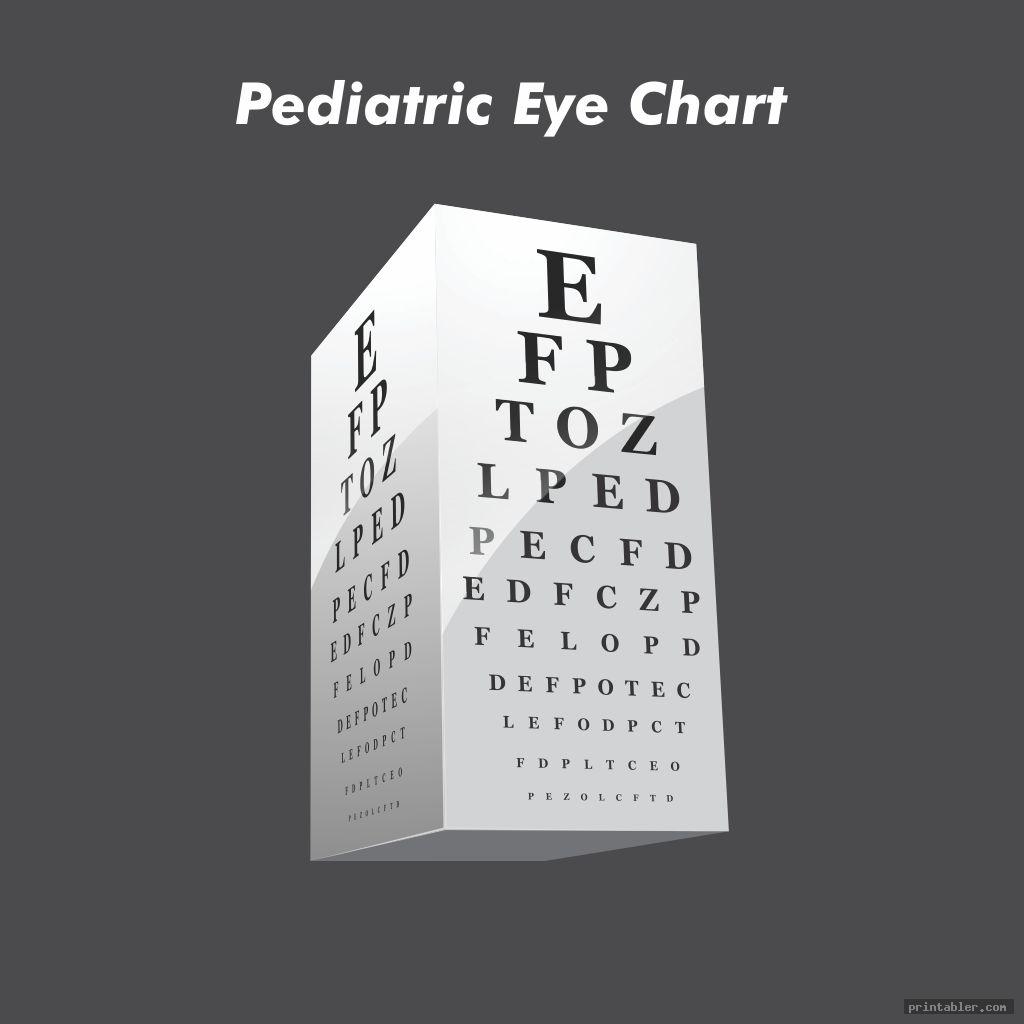

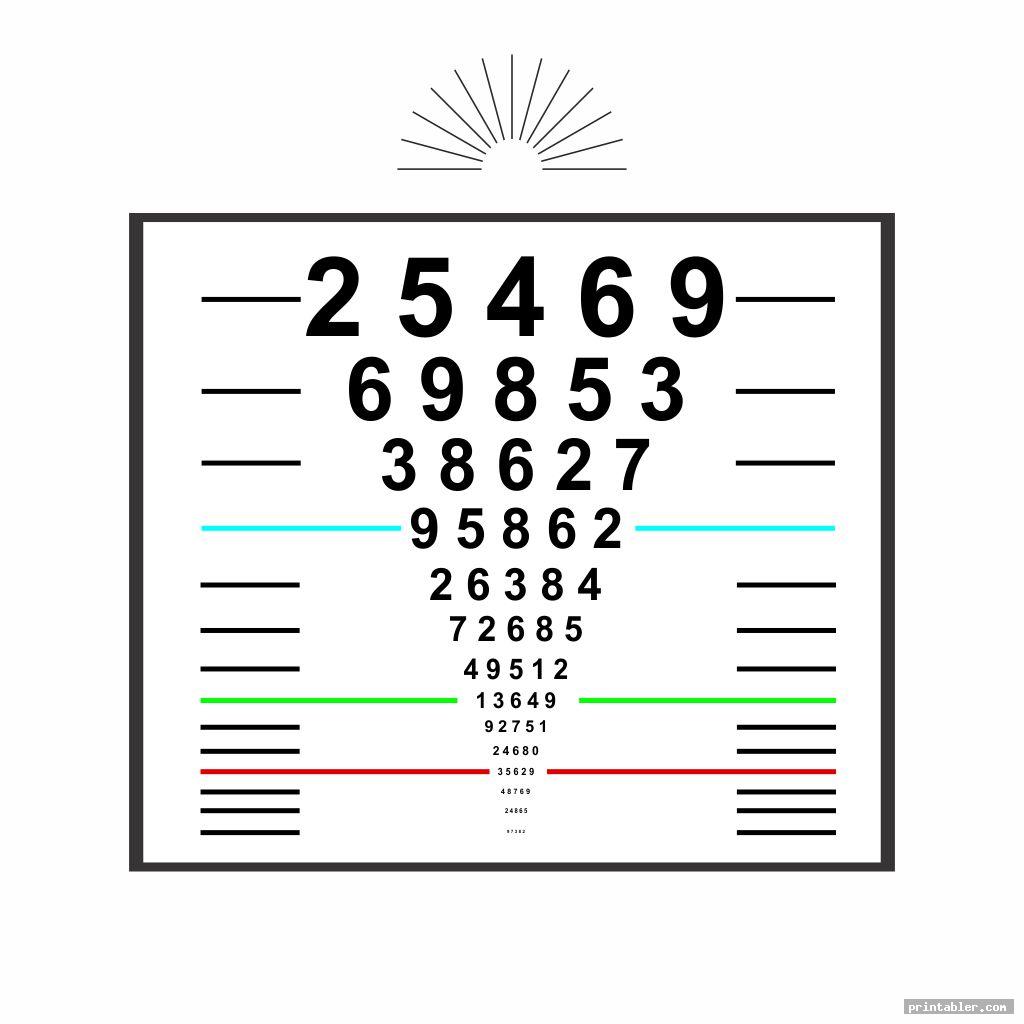
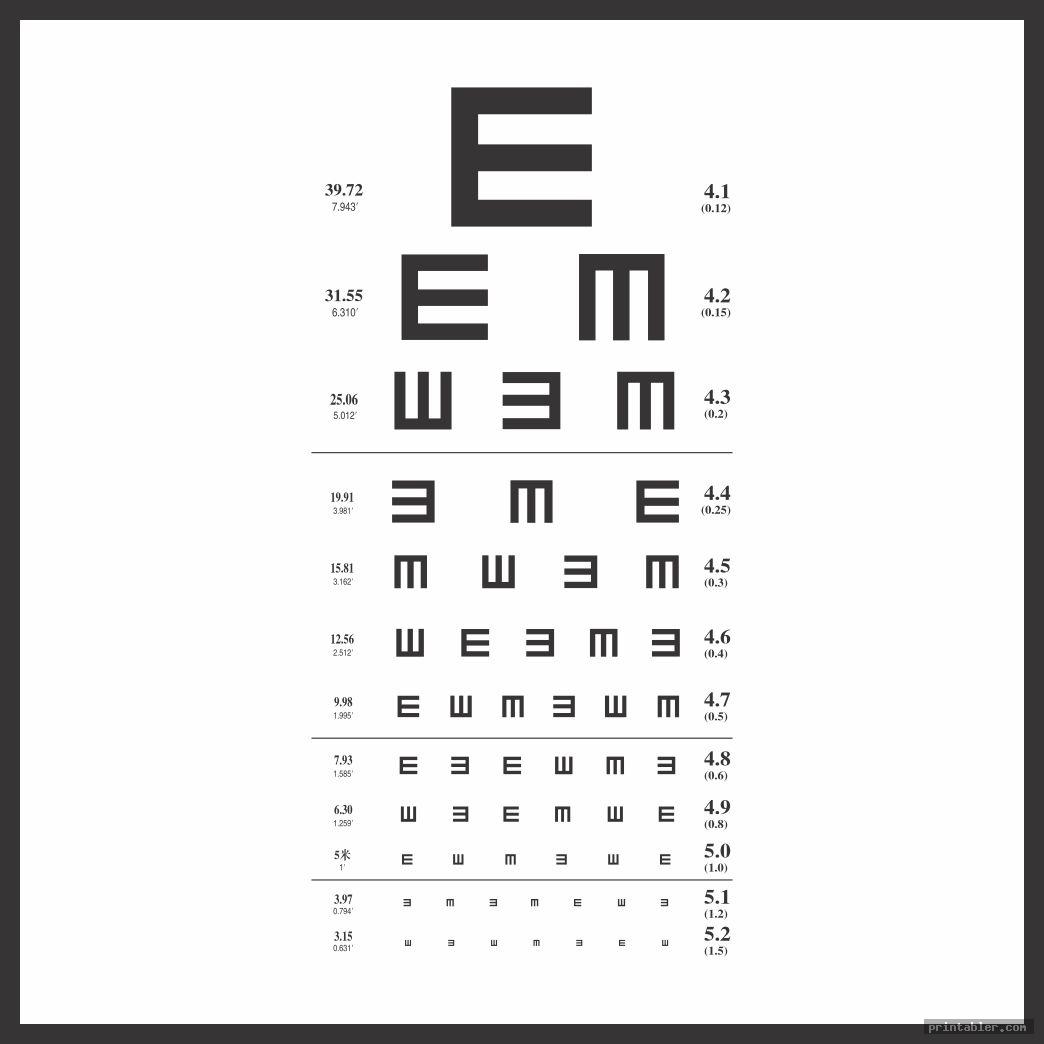
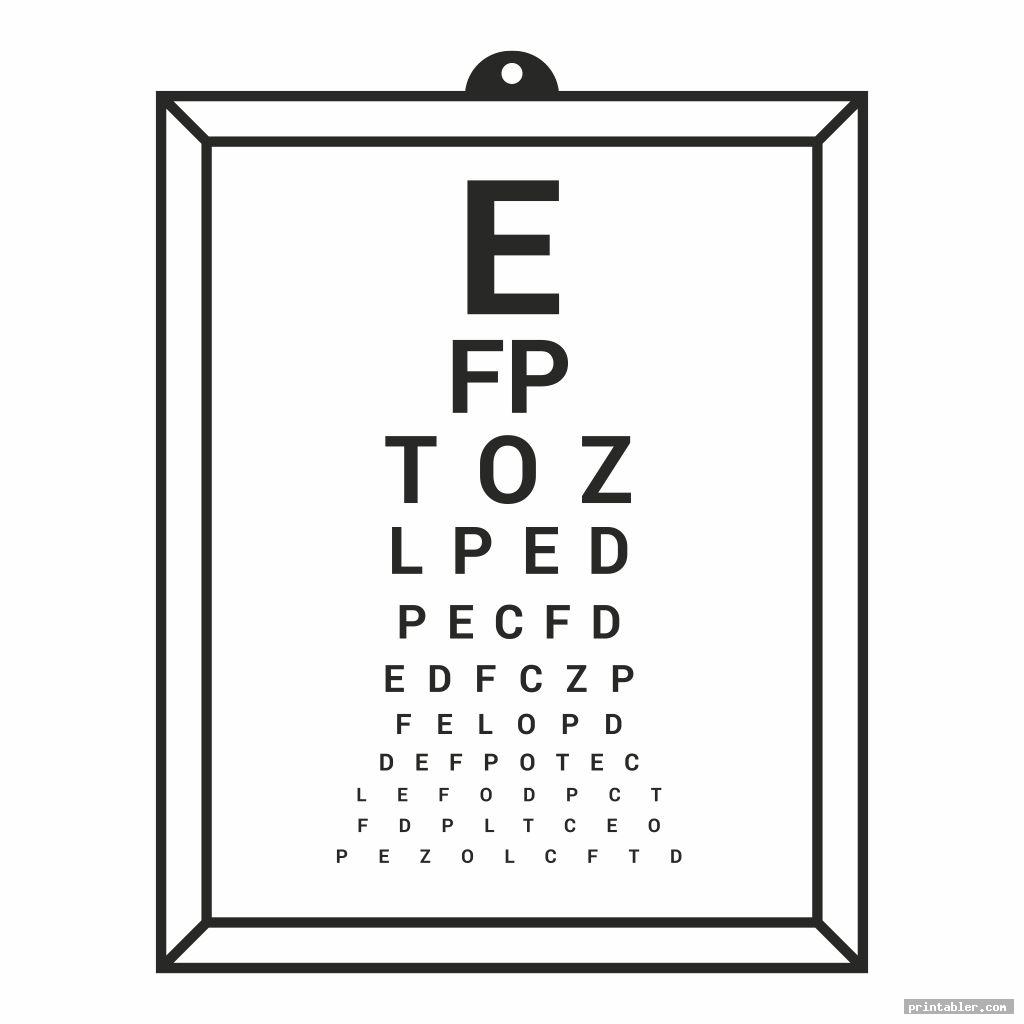
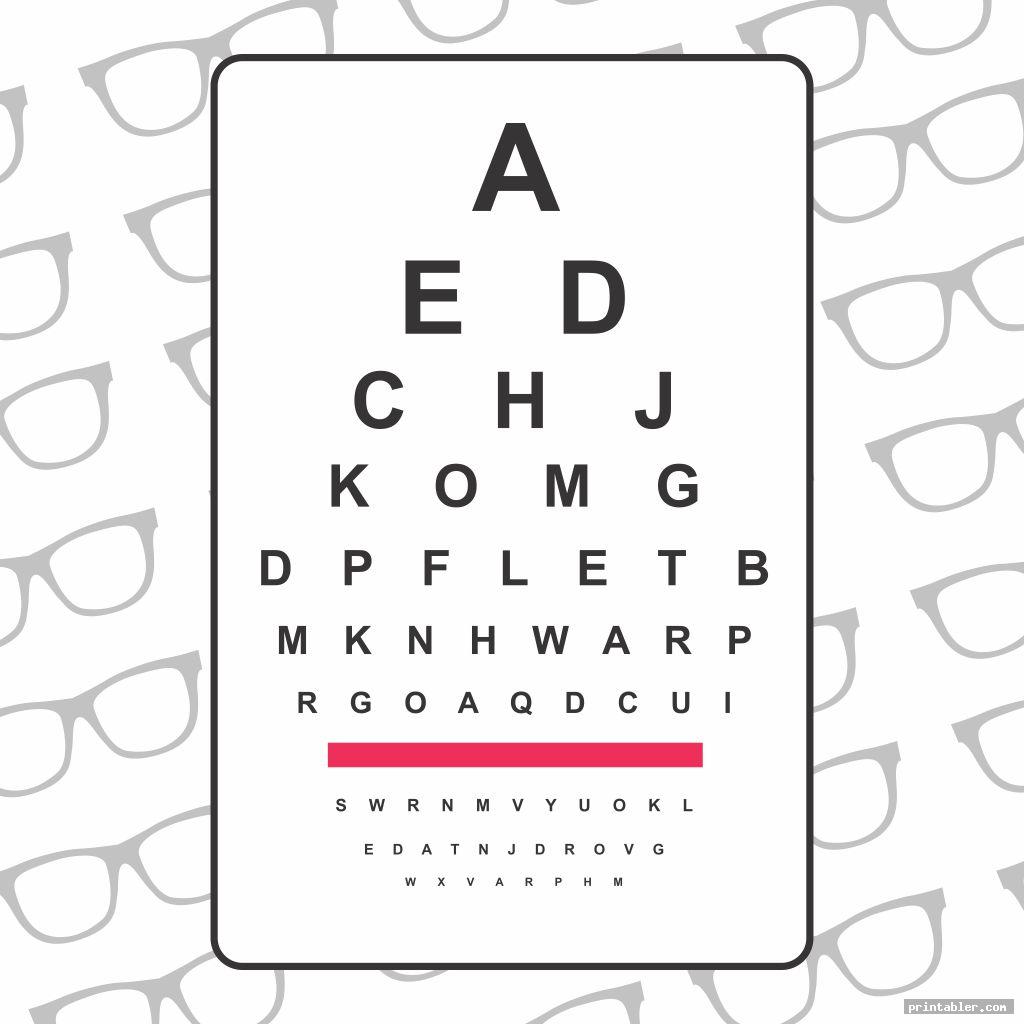

 Hours Sign Template Printable
Hours Sign Template Printable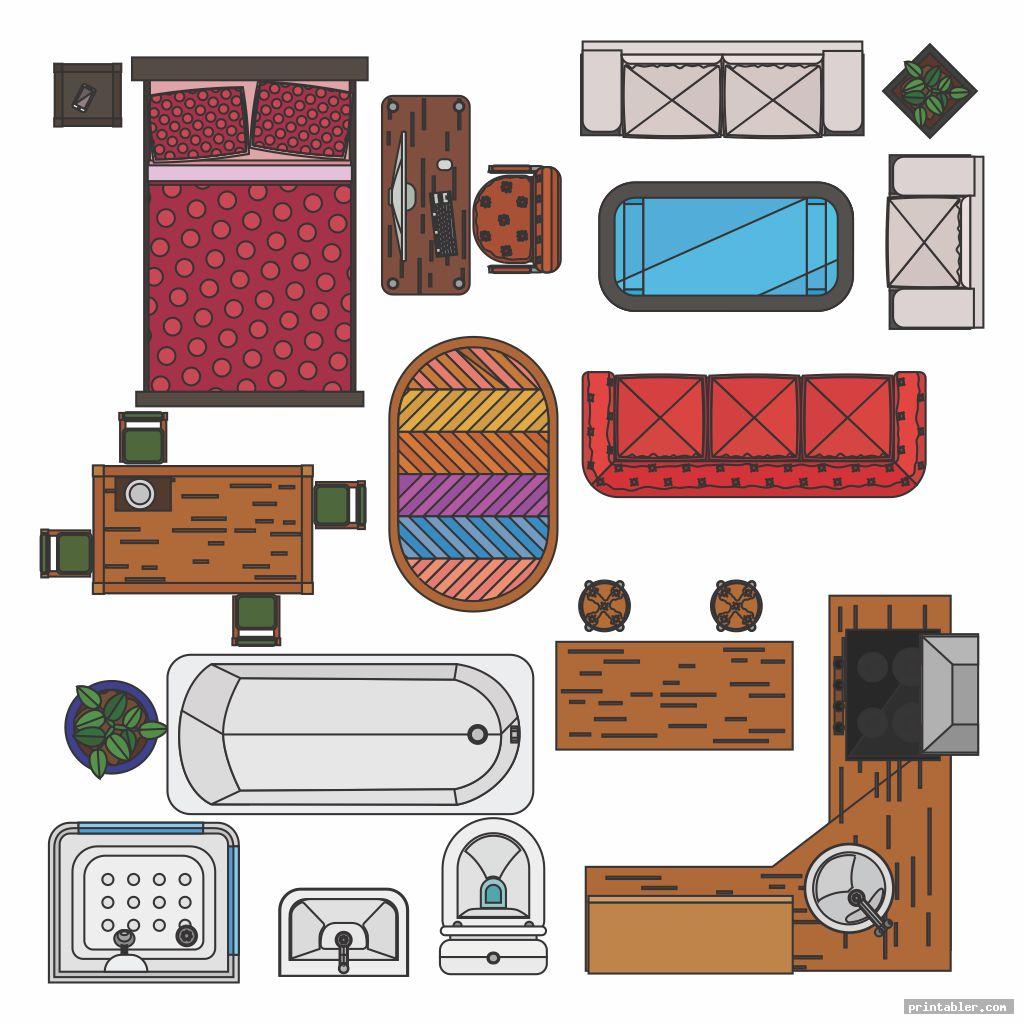 Furniture Templates Printable
Furniture Templates Printable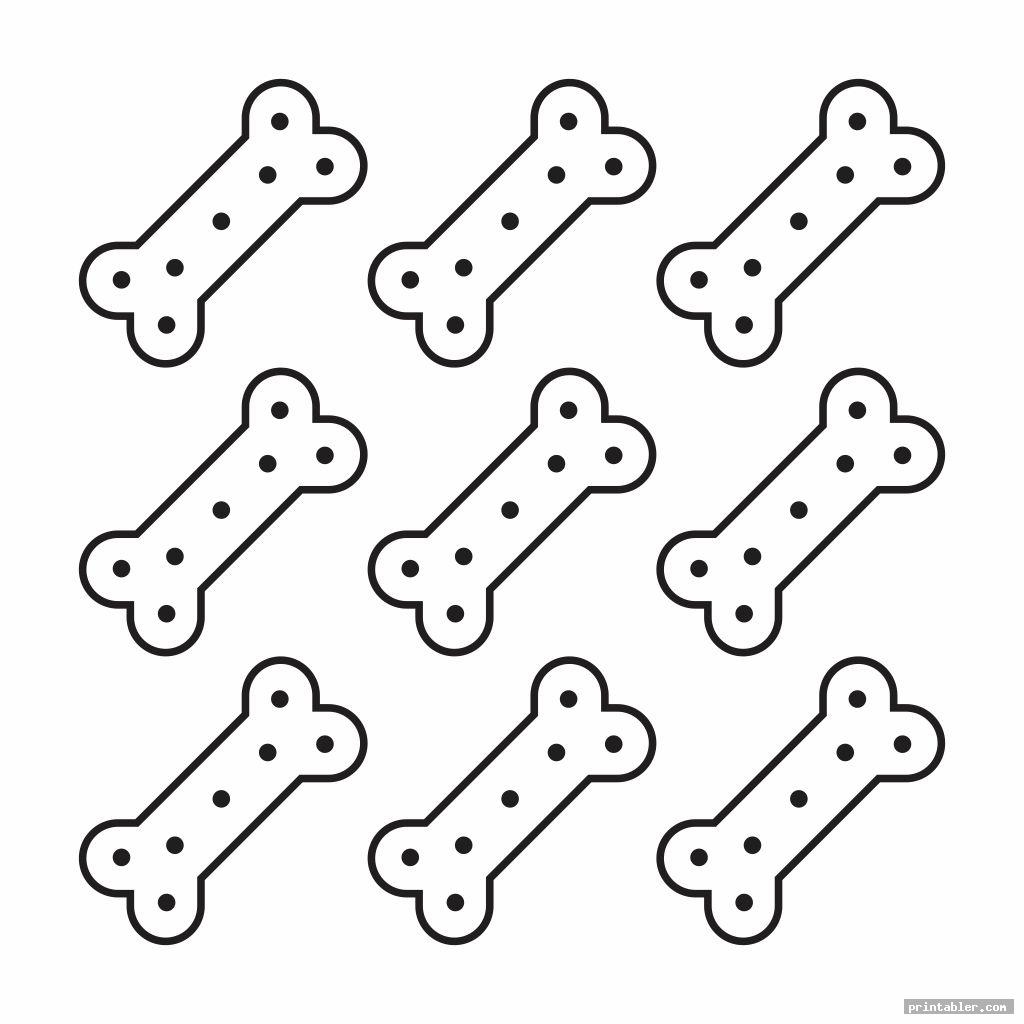 Dog Bone Template Printable
Dog Bone Template Printable